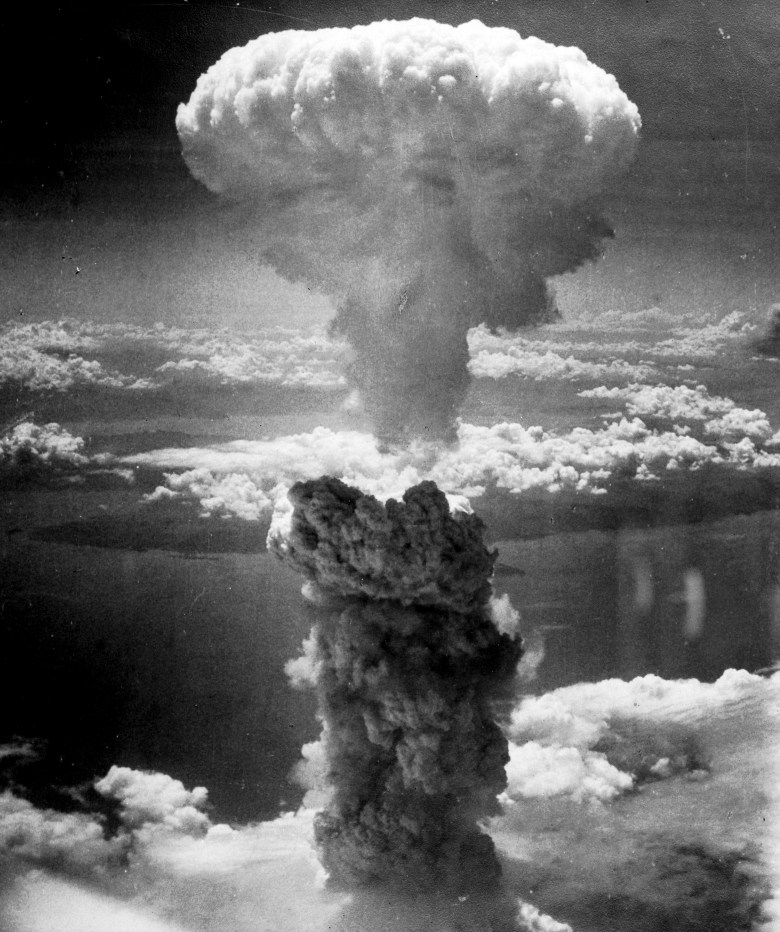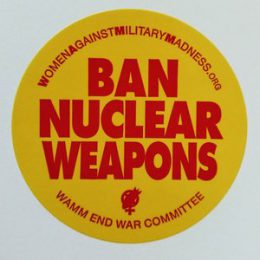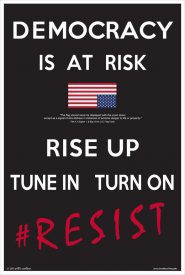The ‘apocalyptic’ chess game between the superpowers, that is, between those that move on the highest plane of our civilization, is being played according to the rule ‘if either “wins” it is the end of both’; it is a game that bears no resemblance to whatever war games preceded it. Its ‘rational’ goal is deterrence, not victory, and the arms race, no longer a preparation for war, can now be justified only on the grounds that more and more deterrence is the best guarantee of peace. To the question how shall we ever be able to extricate ourselves from the obvious insanity of this position there is no answer.”
— Hannah Arendt in On Violence

By Diego Ramos / Original to ScheerPost August 15, 2022
With nuclear war becoming a growing concern in the world, scientists, in an authoritative study published by Nature Food, dug deeper into the expected, horrid outcomes of such an event.
Apart from the Hiroshima style obliteration of all signs of life in the directly affected areas, the new study led by Rutgers University scientists finds “global famine” and long term environmental damage on the Earth’s population from nuclear war would put much of the rest of humanity in fatal risk.
Read the Nature Food study here.
As Alexandra Witze from Nature points out, “Even a small conflict in which two nations unleash nuclear weapons on each other could lead to worldwide famine, new research suggests. Soot from burning cities would encircle the planet and cool it by reflecting sunlight back into space. This in turn would cause global crop failures that — in a worst-case scenario — could put five billion people on the brink of death.”
Witze says researchers Lili Xia, Alan Robock and their colleagues “wanted to look at the consequences farther afield from the scene of war, to explore how people all around the planet could also suffer.”
With PSAs telling people how to protect themselves in case of an explosion, and op-eds flooding the public hypothesizing what nukes bring to the table, the topic of nuclear war has a new wave of relevancy and urgency following the war in Ukraine and U.S. entanglements with China.
In analyzing six war scenarios, scientists broke down how different aspects of the Earth would be affected by such warfare.
Watch this video from Max Tegmark—a professor at MIT and president of the Future of Life Institute—explaining and simulating what nuclear war would look like from space.
“A full-out nuclear war between the United States and Russia could produce 150 million tonnes of soot. The globe-encircling pall would persist for years until the skies eventually cleared,” Witze mentions.
The study puts into perspective data like how many calories people would consume following the disruption of the global food system and international trade. In the case of a nuclear war between the U.S. and Russia—the worst case scenario—calorie production could drop 90% in only a few years after the war. Even in the smallest war scenario involving India and Pakistan, 5 million tons of soot could be produced and global calorie production could drop by 7%.
Watch this video from the Future of Life Institute detailing what a “nuclear winter” means and honoring the people behind the research into the impact of nuclear war.





